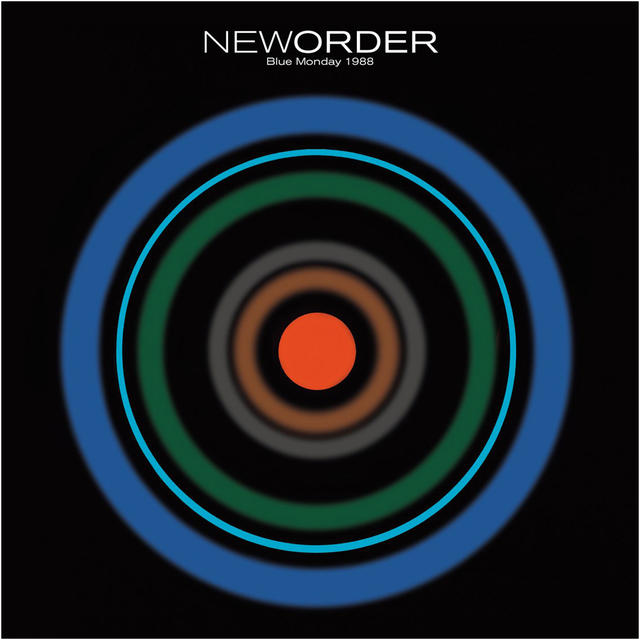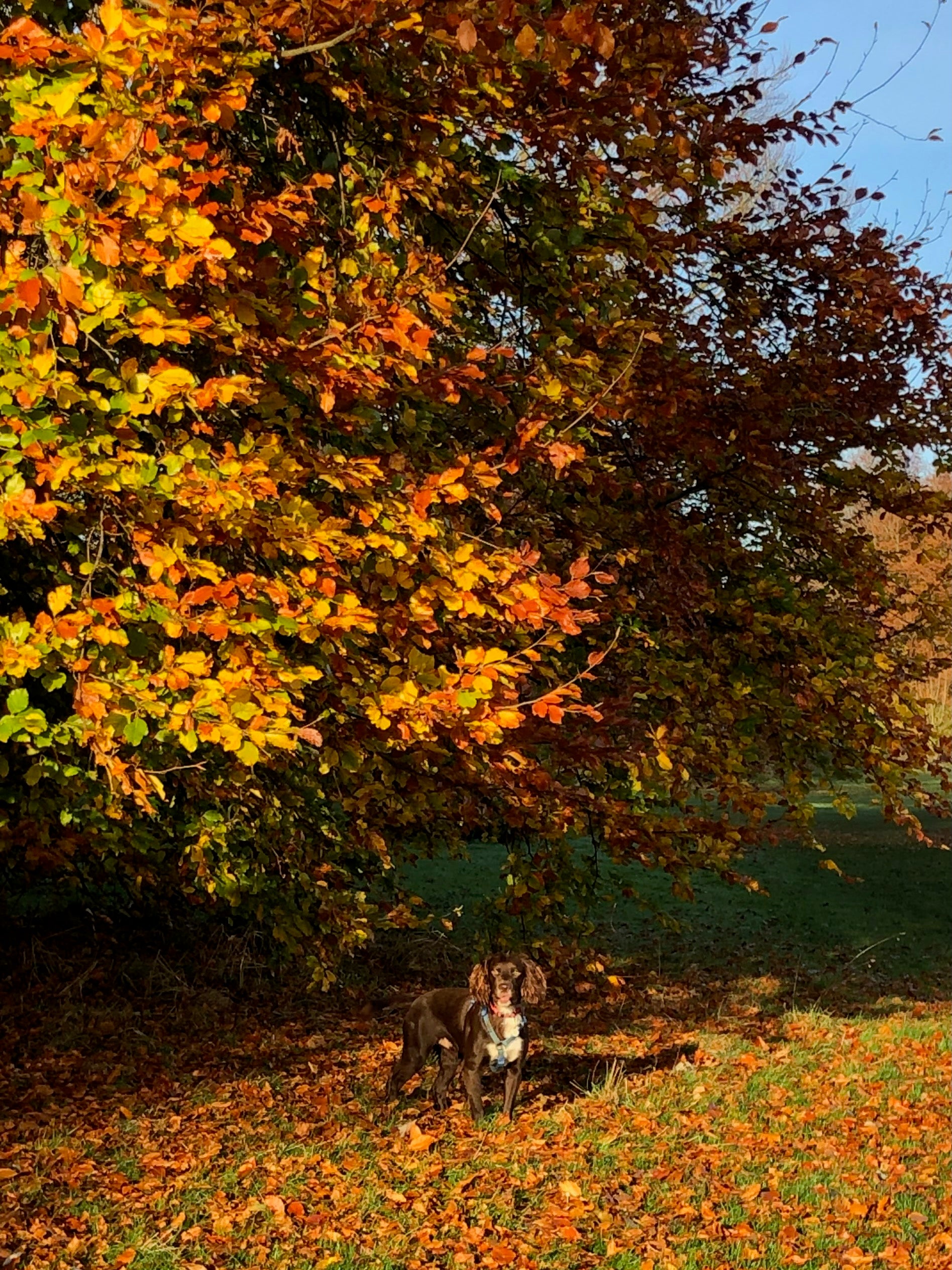Is my dog really a domesticated wolf?
Like many dog parents, you may have encountered comments/social media posts talking about how dogs are so closely related to wolves that the only logical way to feed them is to mimic the natural diet of these magnificent wild creatures. As such there is a huge industry growing based around feeding raw diets, often referred to as “biologically appropriate” or “BARF” and many brands in the dry food category focus on specific aspects such as meat content or carb levels in their products. So what is the evidence base for these claims and approaches, and is your dog really a wolf in pet’s clothing?!
One of the first key points to understand is the scale of what sits underneath the surface - the canine genome. For this exercise, I have to reach back into my university days in studying Molecular Biology and Biochemistry for my first degree, which included learning the techniques involved in sequencing genetic material such as PCR (Polymerase Chain Reaction) amplification of genetic material - something we’ve all become all too familiar with since 2020. The genetic code of living things is contained within DNA (Deoxyribose Nucleic Acid), which consists of two strands of paired bases, each with a sugar “backbone”. In dogs there are 2.5 billion base pairs and a total of 19,000 genes. Researchers have been working to map the Canine Genome1 - both to understand the makeup and health of dogs, and to link this to human genetics in order to find new ways of combating diseases which afflict both species.

It has come to light that there are shared genetic characteristics across breed groups, and that within these groups (known as “clades”) there are multiple breeds which were bred for particular traits by humans. For example - spaniels, retrievers and setters belong to the “hunters” clade with sheepdogs, collies and corgis “herders” and boxers, bulldogs and terriers “strength” breeds2. Recently published work has established a link between eastern breeds including shiba inus and wild dogs including dingos to a now extinct population of grey wolves in Japan. Furthermore another extinct species, the Japanese wolf (which was similar in size to a Border collie with a face shape very different to grey wolves) has been found to share close genetic ties to these eastern breeds3.

So, what does this mean when we come to the four legged fur ball sitting on the sofa as we write/read this blog? It is apparent that pet dogs do carry shared lineage with wolves (and indeed other species of wild dogs), and that prior to the involvement of humans in domesticating dogs to serve a variety of purposes the ancestors of your Jack Russell or Cockapoo were wild creatures which survived via a combination of hunting, scavenging and foraging. Certain characteristics remain such as the pronounced canine teeth and sharp incisors, along with a relatively short and simple intestinal tract and the lack of salivary amylase (which is one of the enzymes involved in digesting starch). There remain certain behavioural characteristics which resemble those of wolves and wild dogs, however, modern research has refuted many claims that this should inform dog training including the idea of an alpha/pack leader being the key (this theory came from the observation of wolves in captivity and bears little relation to the true dynamics of animals in the wild as was thought by its proponents).
In fact, it is critically important to consider two key elements: first, that humans have been domesticating canine species for approximately 30-40,000 years which means that several key adaptations have occurred to dogs in order to survive in human company; second, while there are overlapping genes given that there are 19,000 of them in the canine genetic code this is not necessarily the key factor in selecting a nutritional plan for a pet dog. Should we be feeding a raw diet for these reasons?

In my opinion - no, we don’t have to. This isn’t to say some dogs don’t do well on a properly designed and balanced diet made up of raw components - and while a lot of the claims around raw feeding are propaganda it is clear that using high quality food items is of course far superior to a lot of commercial pet foods, which are often based on lower quality ingredients. So why do I avoid raw? As I’ve written previously, whole is a family business - and my family will attest to my concerns around contamination via raw meats, especially chicken! Studies have suggested up to 50% of raw chicken sold in the UK carries campylobacter4 and any responsible food producer will have stringent hygiene measures in place around this and other pathogens including salmonella and E coli. For the vast majority of households, this is at best an inconvenience and is largely impracticable in domestic kitchens/storage areas. The other main concern is that balancing the nutritional intake of your pet is composed of a wide range of macronutrients (protein/fat/carbs/water) and micronutrients (vitamins/minerals etc).Getting all this right consistently is the key reason for the increased longevity and higher quality of life pets today enjoy compared to their forebears5.
In terms of feeding a complete diet based on dry kibble, it is important to note that some of the adaptations to domestic life include the capacity to utilise carbohydrates for energy6 and while cats are obligate carnivores (meaning they need to consume animal matter in order to obtain their full nutritional requirements), dogs are omnivorous and in fact enjoy fruit and vegetables (we often share apples, strawberries and broccoli with Noah). Our expert nutritionists have designed each of our products to hit the optimum levels of key nutrients, and we love to add extra special ingredients which could be described as “functional foods” - be they superfoods such as pomegranate, kale and blueberries or salmon oil and collagen to help support healthy joints.
So, if you’re thinking about whether or not to feed your dog as if he/she’s a wolf - the best decision you can make is the one which suits your lifestyle and how you’re able to prepare and store their food. Our kibbles are all designed to provide excellent nutrition while utilising natural antioxidants to keep the goodness locked in, we don’t use fillers or poor quality animal ingredients because we really understand what pets need and enjoy. It’s fine to give them the occasional treats alongside their main food, and some dogs appreciate a little extra such as some chicken boiled with vegetables as a healthy topper (just reduce the amount of kibble to balance the energy intake and avoid excess weight gain7)!
References:
1. https://research.nhgri.nih.gov/dog_genome/about.shtml
2. https://www.science.org/content/article/where-did-your-dog-come-new-tree-breeds-may-hold-answer
4. https://www.nhs.uk/live-well/eat-well/never-wash-raw-chicken/
5. https://wholepetfood.co.uk/blogs/news/autumn-and-the-autumn-years-about-pets-and-ageing
6. https://www.nature.com/articles/nature.2013.12280
7. https://wholepetfood.co.uk/blogs/news/weighty-matters-because-weight-matters




